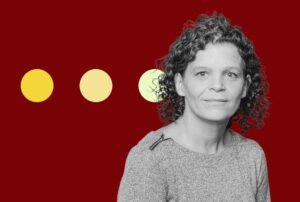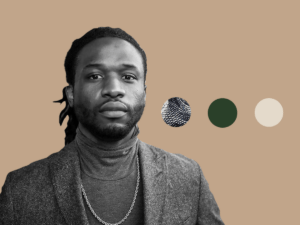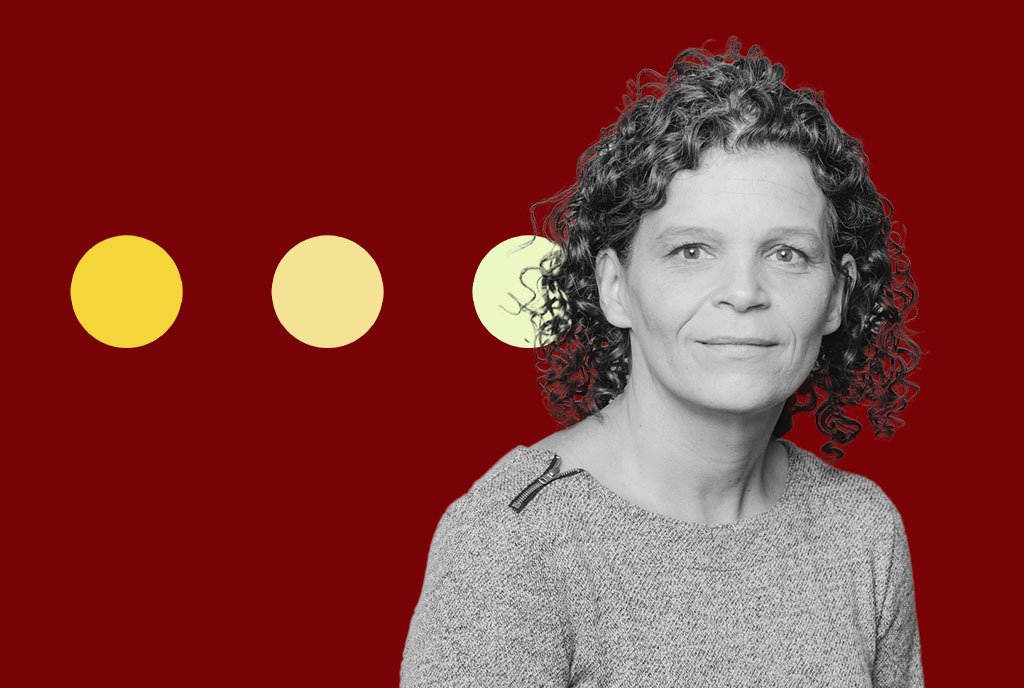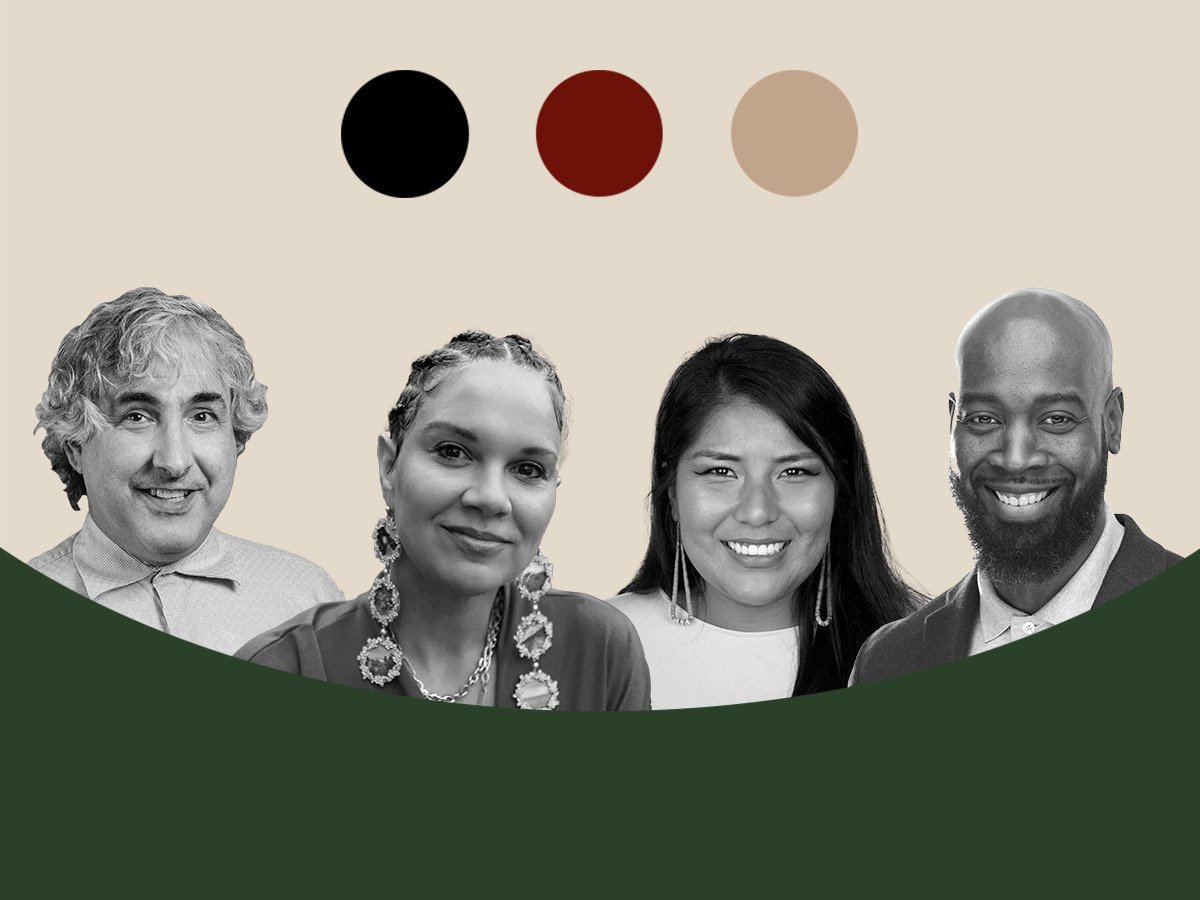
Dear NPQ Friends and family:
As many of you know, after 20 years, I am set to move on from my position as editor in chief of the Nonprofit Quarterly in the middle of 2020. In preparation, we have been working on clarifying our unusually structured publishing practice and intentions. I thought it might be useful to trace some of that thinking for you, our readers. I hope it will give you some ideas about engaging more actively with us because, as always, we are who we are only because of you.
Also, quite frankly, I also hope that if you have found what NPQ does useful or inspirational over the years, it will encourage you to make a financial contribution today. As you know, founder departures often require some restructuring, and we could use a small reserve specifically to build a bridge to an even more successful future. And if you give today, your dollars will be doubled.
What NPQ does
NPQ has a design that’s actively built around engagement ideas core to the democratic purposes of the civil sector. Our small, lean staff plays a facilitative and curatorial role, but our networks are vast, energetic, sometimes opinionated, and highly intelligent, with the kind of nuanced smarts that come from a combination of experience, critical observation and research.
So, in NPQ’s case, its core competency is in its deep hands-on knowledge of the intricacies, history, and dynamics of the sector. This hard-won capital asset provides us with the ability to quickly and accurately recognize and make sense (for ourselves and others) of patterns in the sector, proposing alternatives and advancements when called for. This core competence feeds and marks everything we do. Cassandra Heliczer, our senior managing editor, states it this way:
Most concerns about the new landscape of journalism have been around the decline of “trustworthy,” independent, and deep/investigative reporting; but there is another factor to be concerned about. Nonprofit sites like NPQ report in/from the environment, while mainstream media reports on/about it. The distinction is significant: there are things native to where the news is coming from that will only be visible to a grassroots eye—patterns that become discernible over time, seemingly disparate trends in what are largely seen as separate contexts that turn out to crosscut or relate in less obvious ways, and other less-than-obvious details.
Such facets are like the tesserae of a mosaic, each one of which is needed for the full scene to reveal itself.
NPQ’s Unusual Journalistic Design
As you know, over the last few years NPQ has added senior staff both on the business and the editorial side. Although we have always been blessed with an active base of voluntary contributors, having more senior editorial staff on board has allowed NPQ to be even more purposeful about what it publishes and why. This has led us to create streams of content designed to move critical issues in the sector forward in ways that are both rigorous and resonant with our readers.
This practice requires more strategic care in considering what knowledge and analyses we have, what questions remain as yet unanswered, and how to spark a larger conversation about the issues we choose to pursue in this more concentrated yet collaborative way. This usually requires us to take a position at some point. This is a particular type of journalism that has often been referred to as “fourth estate” activity.
Over the past year, we have taken up a number of issues in this way. Among them are the state of leadership diversity and real inclusion in the sector, the compelling platform behind the burning need for a universal charitable deduction, and the concurrent need for a nonprofit change of practice vis-à-vis donors, the need for regulation of donor-advised funds, and the advancement of wage justice within the sector. We have also put a stake in the ground as concerns wealth-sharing forms of economic development. With all of these issues, we have taken the time to comprehensively review research and the state of practice and conversation on these critical concerns, moving then to informing the field, taking a position, and urging or illustrating action that would advance practice.
This practice, which we call “clustering,” places NPQ as a core developer of knowledge. When we realize that a piece of data is missing from a conversation, we push our research partners to take the question up. We do not run campaigns so much as try to spark highly informed action toward an advance of policy or practice. This approach comes out of a frustration with the relatively slow rate of research-based change in this sector, and it includes looking for new leverage points where change has been stalled.
One prime example of this has been in the area of racial equity and inclusion. We knew that finding the appropriate leverage points into this realm as a publication would be difficult, and the last thing we wanted to do was add to the all-too-often ineffective writings that had been done to that date, so we started from a point of not recommending any particular intervention into systems that were changing slowly if at all, but by exploring and describing the power dynamics in those systems that were keeping them white-dominant. Senior Editor Cyndi Suarez was responsible for crafting this approach. Using that strategy in a concentrated way, along with the increased transparency research provided by such groups as D5 and BoardSource, we began a “wake up” campaign that named the common dynamics of resistance more clearly while providing a consistent monitoring of movement on the issue or lack thereof.
This work began to take off last year with some of those pieces, largely written by Cyndi Suarez, being circulated not only among nonprofits and philanthropy but in movement circles and civil society more broadly, specifically among women of color running for or supporting runs for political office.
Sign up for our free newsletters
Subscribe to NPQ's newsletters to have our top stories delivered directly to your inbox.
By signing up, you agree to our privacy policy and terms of use, and to receive messages from NPQ and our partners.
Eventually, we began seeing large numbers of social media comments acknowledging that NPQ was coming through differently, as advancing the conversation in a new way. NPQ has had money from Borealis to support this initiative, but it actually began well in advance of that grant, including the hiring of a senior staff member to concentrate on our strategy in that area. However, the initiative now involves the whole of editorial staff integrating these issues and this approach into all that we do.
Cyndi is now planning a major convening, scheduled for early next year, among a core group that includes a number of key philanthropic and nonprofit leaders of color. They will work with her to consider what issues need new forms of address. We are hopeful that that programming will extend our reach and the sophistication of our analysis considerably.
The latest development in this realm is a new model of collaboration, organized by senior editor Steve Dubb, that has emerged in our work with the First Nations Development Institute. We have been running a twelve-part series in collaboration with FNDI regarding the experience of Native Americans vis-á-vis philanthropy and nonprofit management. Ray Foxworth, FNDI’s CEO, has been co-curating with us. It’s already been a success in terms of numbers and level of effort to quality of product, and we’ve planned a second series to be run early next year on Native American environmental initiatives, and another after that on voting issues and initiatives in Native communities.
There are more outgrowths we see, but we will leave the issue of race equity there and discuss a few of the other campaigns we have consciously taken up. A few are in the realm of policy, where, with the help of a small grant from the C.S. Mott Foundation, we have taken up some issues around individual philanthropy that we perceived as not only “stuck,” but consequential. These are the universal charitable deduction and the regulation of donor-advised funds. The first case is a response to the decidedly anti-democratic trend wherein the number of households contributing to charity in the United States is in rapid decline. Other sources described this as a vague slippage in middle- to lower-dollar donors, below headlines that reflected as many or more dollars being given. Our request to IUPUI for a close look into this phenomenon sped the research up. As we were later to find out, a full 13 percent of households that were giving before the last recession had stopped by 2018, with the downward path proceeding unabated by our “incomplete” recovery. Meanwhile, the tax overhaul bill of 2017 limited the donors who could take charitable tax deductions to the higher wealth categories—even alongside good evidence suggesting a universal charitable deduction matters as an incentive.
This, then, places the universal charitable deduction in a high-leverage policy category for the sector, especially for the small to mid-size organizations that will undoubtedly be disproportionately affected as the interests of the donors are reflected in the relative financial health of nonprofits.
We similarly waded into the highly charged debate over the need for donor-advised fund reform. We spent a great deal of time with supporters on both sides and used the available research to determine the priorities and intentions behind various reform proposals and the substance of the objections. What we found was a great deal of nonsensical rhetoric gumming up attempts at proposing reforms that could be taken on voluntarily. This conversation has continued to plod along with a lot of heat, invective, and smoke and mirrors, but even just a month ago, we saw a glimmer of hope for a breakthrough in an interview we did with Terry Mazany, the former president and CEO of the Chicago Community Trust. We’ll publish this interview in the coming year, but in it, Mazany identifies some of the blocks to progress, which should help all concerned strategize some next steps.
Following policy issues like these over time takes strategy and intention, and arriving at the right position takes thorough examination of the facts and dynamics at play, asking and answering specific research questions, and publishing articles of various types that place pressure for change on those involved.
Thus, NPQ is not just a journalistic endeavor; we are a fourth estate journalistic endeavor aimed at improving civil society, and that requires a lot of bandwidth and collaboration with our community of co-creators. All one need do is look at one of the most recent webinars Steve Dubb has been hosting on the building of a more equitable economy to understand the rich sharing of hard-won civil society knowledge that occurs every day at NPQ, and the care and thoughtfulness that has gone into the curation. Each of the editors—Amy Costello, Jeanne Bell, Jason Schneiderman, Erin Rubin—is a hub of activity in this image.
As I get ready to leave my post, and we collectively imagine an even richer future for the organization, I hope that you will take a moment and make a generous donation to this NPQ system that is entirely dedicated to you, our world-changing community of activists. As you make your gift, please also write a note so that we understand what you value about NPQ—these notes are as precious to us as the money itself.
In partnership,














